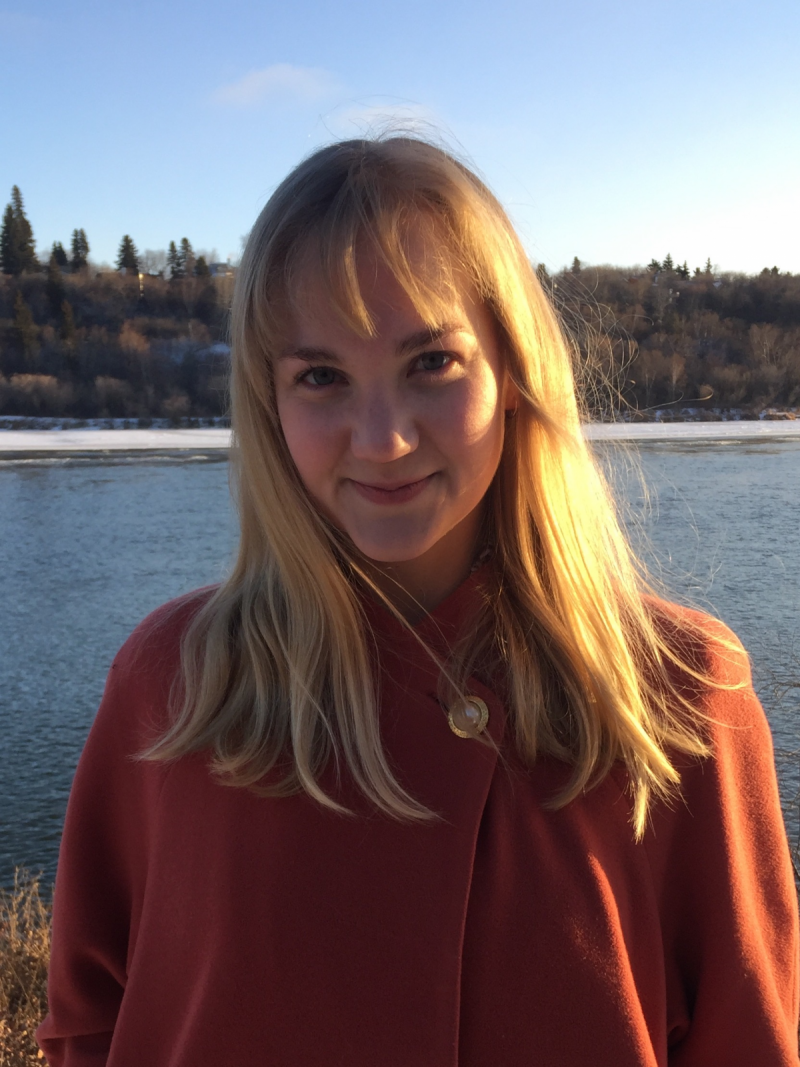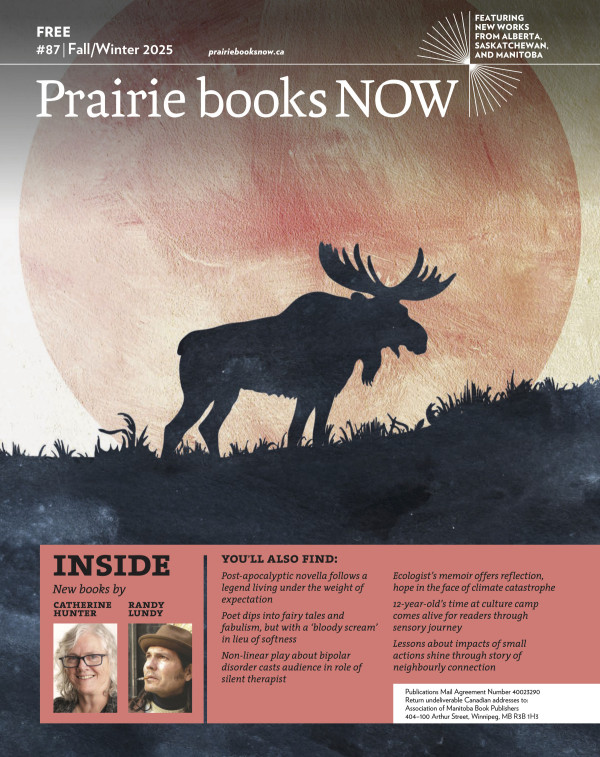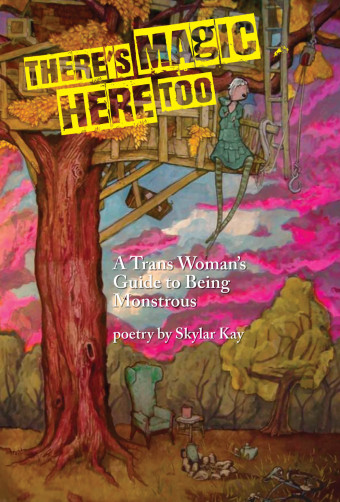Sarah Ens’s first collection of poetry, The World Is Mostly Sky, is a closely observed exploration of her rural Prairie roots, as well as the landscape’s – and the sky’s – changing physical and emotional resonances.
“I think that the sky above the Prairie town where I grew up – Landmark, Manitoba – defined how I understood myself and my life, both in an expansive, dreamy, endless-possibility kind of way and in a sort of remember-your-own-insignificance kind of way,” Ens says.

- The World is Mostly Sky
- Sarah Ens
- Turnstone Press
- $17.00 Paperback, 128 pages
- ISBN: 978-08-88017-05-5
“I was raised within the Mennonite faith and understood God as the infinite sky moving over wide-open fields and farmland. A sky so big it must be heaven. A sky that surveils you.”
The sky’s defining expansiveness and permanence are balanced by the energy Ens infuses into her exploration of in-between times, like the cusp between childhood and adolescence. “I’m drawn to writing about transitions,” she says, “because they’re periods of learning and becoming but also great loss.
“Maybe The World Is Mostly Sky is a way to mourn and celebrate old shapes, the selves shed.”
These moments of transition are all the more powerful when she draws on her community, especially her celebration of her siblings and female friendships.
“I’m also really interested in the importance of community during life transitions. The exploring/angst-ing/longing my friends and I did at 14 was a communal kind of shape-shifting. We tried not to leave each other behind and developed deeply shared identities. I do think there’s something sacred about that temporary adolescent shared space,” Ens says.
Coming of age and the celebration of community necessitate re-evaluation of previously accepted truths. The poem “Os Justi,” Ens says, considers “the instant when a place you believed to be safe and secure reveals itself to be dangerous, or to harbour the dangerous as opposed to the vulnerable. The poem suggests that the movement from childhood to adulthood is about learning to renegotiate what you hold onto as certain or eternal.”

Many of the poems in The World Is Mostly Sky treat the losses and heartbreak involved in coming of age in tandem with environmental degradation and the collapse of ecosystems.
“I think when you develop a close relationship with a place, a non-human place, the death of a robin, the disappearance of a butterfly species, the destruction of tall grass prairie ecosystems due to the construction of condominiums – these losses, these catastrophes, are not at all disparate from personal heartbreak,” says Ens, who is currently doing graduate work at the University of Saskatchewan in Saskatoon.
Ens’s artistic project draws attention to vital stories that are often overlooked and underestimated.
“I think many people still underestimate Prairie stories and Prairie landscapes. Society also tends to underestimate girls and young women,” she says.
“It would be exciting for me if people read The World Is Mostly Sky and felt that I had articulated female friendships and Prairie places in a truthful way – that it’s clear how vital I believe, as a person and artist, those relationships and spaces to be.”













